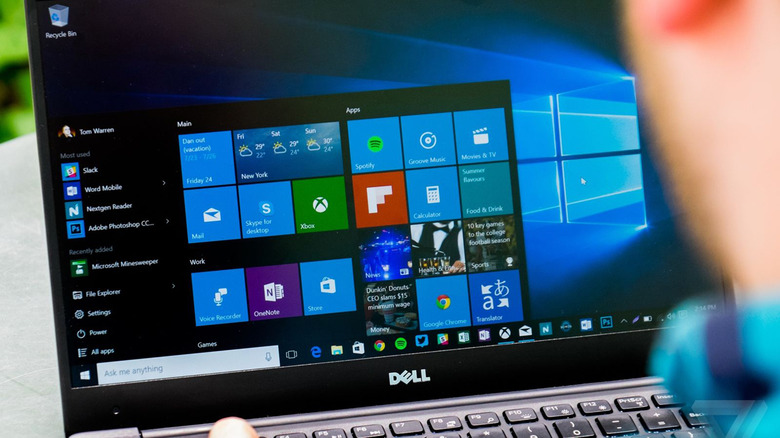Edge: The Story Of How Microsoft's Windows 10 Chrome Browser Killer Came To Be
Microsoft Edge, the brand-new browser shipping with Windows 10, is by far one of the most important features of the new operating system right alongside the real revival of the Start menu button and the integration of the Cortana voice assistant into the OS. Microsoft execs recently talked to Mashable's Lance Ulanoff about the beginnings of Edge, and how the new browser came to be.
DON'T MISS: How to bypass the queue: Download and install Windows 10 right now
For some people inside the company, it became clear that Microsoft needed a better web browser to fight off the competition, including Google Chrome, Mozilla, and Safari. And they came up with Edge, a browser that's at the edge of what's possible today in terms of web browsing.
Others were more resistant at first, including Microsoft's vice president on operating systems group Joe Belfiore, who worked on previous Internet Explorer versions. But both Belfiore and Microsoft CEO Satya Nadella agreed that creating Edge was the right move.
The Windows 10 launch was the perfect moment to release a brand-new browser, and make Internet Explorer a relic of the past.
"The IE brand has gone through some ups and downs over the years," Microsoft's senior director of product marketing for Windows and browsers Roger Capriotti told Mashable. "A new name and logo serve two purposes: The most important reason is we wanted to signify a new browser with new capabilities that's going to be the browser for Windows 10. Full stop. Second, for those folks who have been reticent to even give us a chance, we think having the name Microsoft Edge helps people think about the browser as something different."
Work on the browser started almost a year and a half ago, and while Edge is based on Internet Explorer's Trident rendering engine, it has an entirely new fork of it.
"We took Trident, our old rendering engine or MSHTML, and essentially forked it or pared away many — in fact I think almost all — of the legacy technologies and legacy behaviors that had sort of defined and separated IE from other modern browsers," partner group and apps project manager for Browser Drew DeBruyne said.
According to the exec, the browser proved to be as fast, if not faster, than the Blink-based Chrome.
The browser is low on icons and text, focusing instead on making the content stand out. Edge has its own version of Flash that's delivered through Windows 10. Similarly, all security features built into Windows 10 should also make Edge browsing secure.
Cortana is also integrated into the browser and the assistant is ready to offer information whenever it thinks it can help, including answers to certain questions you'd write in the address bar. There's also a special read-only mode that displays just the text and the art, doing away with everything else on a page.
What the browser doesn't offer yet is support for Extensions, but those are coming too in the future, alongside many other updates, as Microsoft will continue to develop Edge and Windows 10.
Mashable's full story on the beginnings of Edge is available at the source link. In case you want to test the browser yourself, make sure your computer is compatible with Windows 10, and then upgrade it right away.
